Should you buy an MG in Australia in 2022?
MG has leapt from obscurity to become a proper top 10 carmaker on the Australian car sales hit parade. Is it time for you to put MG on your new car shopping list…?
Let’s do a deep-dive into MG, because this brand is currently number seven, ahead of Isuzu Ute, Subaru and Nissan. It’s disrupting very well-established brands here in Australia.
It’s time to look at why this is happening and what it means for you, the consumer.
My default position on Chinese cars has historically been: Nice idea, but until they get actual traction. Before recommending them, I’ve wanted to see decent sales volumes, a decent dealer network, and until we get more data about reliability and support, they were probably best avoided.
For the last two years, I have had countless queries asking, to the effect of ‘Should I buy a Chinese car, John?’ >> And not all Chinese brands are the same, either.
But MG has decent sales volumes now. About one car in 22 currently sold in this country is an MG. They have amassed a 4.6 per cent market share, selling 24,500 vehicles in the first six months of this year. Let’s call it 50,000 sales annually, ballpark. That’s pretty impressive. It’s a lot better than the Don’t Buy Brands of 2022 >>
There’s more than 80 dealers nationally, too. That’s huge for an emerging brand.
Now, if you’re unsure why these factors are, importantly, a big deal for you, it’s simply this: Sales volumes underpin things like the size of the spare parts inventory onshore, the capacity of the brand to conduct decent technical training, to offer support to its dealer network, and in other ways have its act together.
On the dealership front, most dealers are multi-franchised. It’s not uncommon to see a cluster of brands on the one piece of streetscape - you might see Mitsubishi, Toyota, Audi, Hyundai and MG. Pretty safe bet it’s the one dealer flying various franchise flags.
Dealers tend to invest their resources into the brands they own franchises for, which are performing. MG is currently performing - meaning the dealers who own the franchises see value in investing money into technical training for their technicians, etc. This matters if you have a technical problem, down the track.
The Worst Thing About Owning a Modern Car: Bad Customer Service >>
Another critical thing is, I get complaints all the time - about Land Rover, Jeep, Volkswagen, Nissan, Mercedes-Benz etc. But I cannot remember getting a complaint from an MG owner. And what this tells me, on the balance of probabilities, is that MG dealers, and the parent importer, are probably doing a decent job resolving customer issues in the first instance - which is how this is supposed to work, of course, but often does not.
Lastly on this, we have not seen MG eviscerated in consumer court the way LDV was in Queensland recently, for being fundamentally anti-consumer cocks. Check out my full ‘Timothy Rigby LDV’ report >> for more hilarity on that.
My AutoExpert AFFORDABLE ROADSIDE ASSISTANCE PACKAGE
If you’re sick of paying through the neck for roadside assistance I’ve teamed up with 24/7 to offer AutoExpert readers nationwide roadside assistance from just $69 annually, plus there’s NO JOINING FEE
Full details here >>
AutoExpert DISCOUNT OLIGHT TORCHES
These flashlights are awesome. I carry the Olight Warrior Mini 2 every day - it’s tiny, robust, and super useful in the field or in the workshop. Olight is a terrific supporter of AutoExpert.
Use the code AEJC to get a 12% discount >>
Generators suck! Go off-grid with AutoExpert BLUETTI PORTABLE POWER STATIONS
Need mobile, reliable power? If you’re camping, boating, caravanning or building a dirty big shed in the back paddock, and you need to run a refrigerator, lights, air conditioner, cooking, and/or a bunch of tools - Bluetti has a clean, tidy, robust solution…
Get your AutoExpert free shipping discount here: https://bit.ly/3n62heK
MG IS OFF TO A VERY GOOD START
The absence of court proceedings with MG bodes well for the brand - because there are currently tens of thousands of MG consumer law experiments rolling around on Australian roads right now, and they go back several years now, evidently.
And we know how optional consumer law has been for big carmakers.
Furthermore, I’d suggest people don’t come bitching to me if they have a problem and the dealer resolves it for them, neatly and efficiently, in a timely fashion.
The absence of things of this nature with MG, in my view, constitutes evidence that MG appears to be doing the right thing in the domain of aftersales. I’m not getting paid to say this. MG did not know I was doing this report. They did not see it before it went live.
Offering the essentials in a reasonable-looking package, with a price you can chew, MG is hitting the right marks.
However, MG did a very brave thing recently. Their PR dude rang me and suggested I might drive the MG HS+ EV (which is their plug-in hybrid SUV). It is quite brave for a corporate dude to ask me to tell the public what I think of a vehicle. I do have a reputation for being a bastard - largely undeserved.
Now, to be frank, I was expecting this vehicle to be either fairly crap, or on the bottom cusp of aspiring to be average. (I’ll have more to say on the vehicle itself in a separate review soon.)
But you know what: it was in fact much better than I expected. Not right up there with the best Japanese or South Korean products - but not that far off in terms of the number of iterations (or the time) required to get there.
There’s also the thorny issue of ‘value’ to consider. As I see it, ‘value’ is the intersection of price and quality. An expensive thing can be good value if the quality is sky high, and a cheap thing can be acceptable value if the quality is commensurate with the price.
Like, you go to some power tool shop. You see Ozito and Ryobi and Milwaukee. Dirt cheap, cheap and expensive. Probably about the same on value.
So here’s the thing, right? A Mitsubishi Eclipse Cross plug-in hybrid (the fully loaded Exceed version) is going to cost you about $60k, drive-away. The MG HS+ EV (the fully loaded ‘Essence’ version) is about $51k. And $9k, being the difference, is a reasonable stack of cash to have on the table.
So, on fundamentals, Mitsubishi versus MG: The MG has a 16.6kWh battery, versus 13.8 for the Mitsubishi. MG 90kW on the electrical side versus 80 for the Mitsubishi.
MG: 63km of EV-only range. Mitsubishi: 55. Even the petrol side of the MG is in front: Peak outputs of 119kW and 250Nm from a 1.5-litre turbo four versus 94kW and 199Nm for the Mitsubishi’s atmo 2.4. But at least the Mitsubishi will run on 91 RON unleaded, whereas the turbo MG demands 95.
So, just looking at it objectively, the MG offers you more, in a more affordable package, but it’s not as polished. I can tell you that with some certainty, having spent a week in both. I’m not saying the MG is shit or that the Mitsubishi is one step removed from BMW - they’re reasonably close but the Mitsubishi is in front on polish. They both drive OK, and the tech works.
I’ll leave it for you to put your own ‘value’ equation in place - because much of that is subjective.
Finally, if you’re confused about the whole MG thing - like, ‘great-grandad had one, they were British, and now they’re Chinese, WTF?’ Then here’s the back-story:
MG was British, and it harks back to the 1920s. The letters stand for ‘Morris Garages’. And it flitted from owner to owner over decades - BMC, British Leyland, Rover Group, MG Rover, etc. - and then the Nanjing Automobile Group in China bought the brand in 2005. It became the Shanghai Automobile Industry Corporation in 2007. SAIC for short. I think they’re called the ‘SAIC Motor Corp., Ltd’, officially.
From 2005 to 2012, the SAIC dropped about $800 million on MG and it pooped out the first MG3 in 2013. So, basically what you’re looking at today with MG in Australia is the product of an investment of about 17 years in time, and more than $1 billion in development. I think the badge is just an exercise in relatability for the West.
In other words, Chinese MG is not a start-up. It’s a fully-fledged hi-tech carmaking outfit, albeit with fewer runs on the board than Toyota or Hyundai. But the SAIC is huge. They manufacture 5.4 million vehicles a year under four divisions: MG, and three you’ve never heard of. Plus they’ve been in JVs with Volkswagen, GM and Iveco. In addition to China, they operate factories in the UK, Thailand and Pakistan. They’ve also got a technical centre in the UK.
Frankly, I think it’s time to put MG on the list of brands you might consider. After all, they currently account for roughly one car for every 22 being sold in this country, apparently with minimal consumer blowback.
I remain a little unconvinced about the $18,990 drive-away MG3. Just looking at it on fundamentals you could make the case that a late-model used car was better value in many ways, although not on warranty or new-car smell. But towards the middle and the top of the MG range, I think there’s some solid buying potential - especially on a budget.



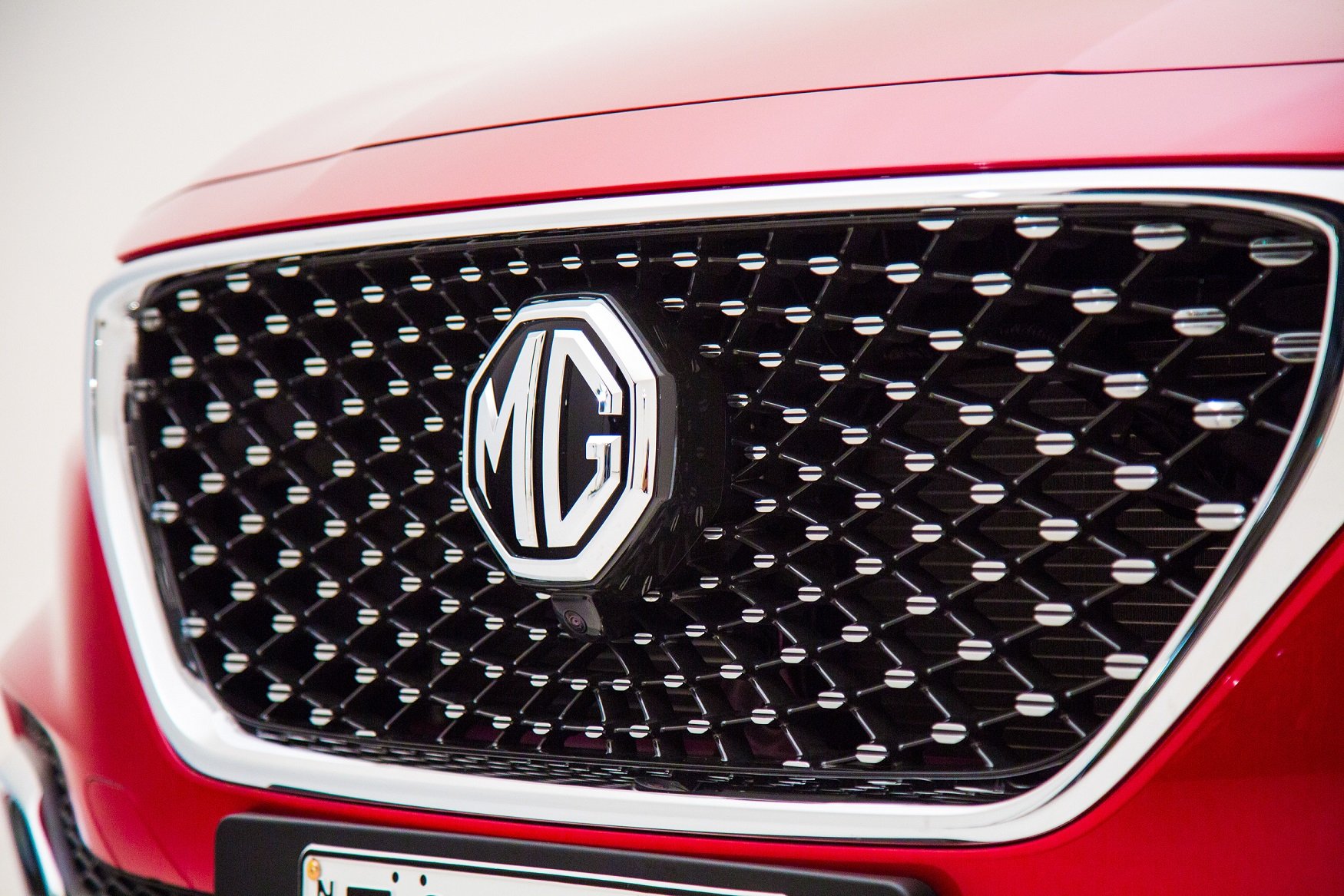


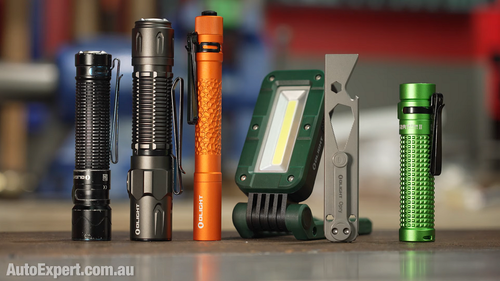

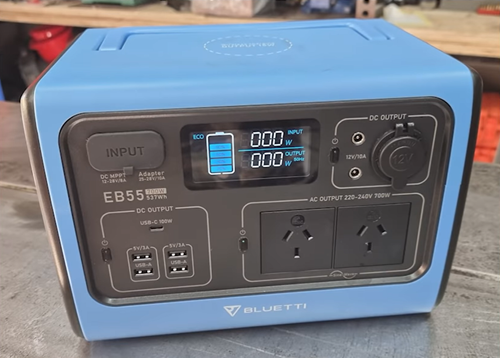
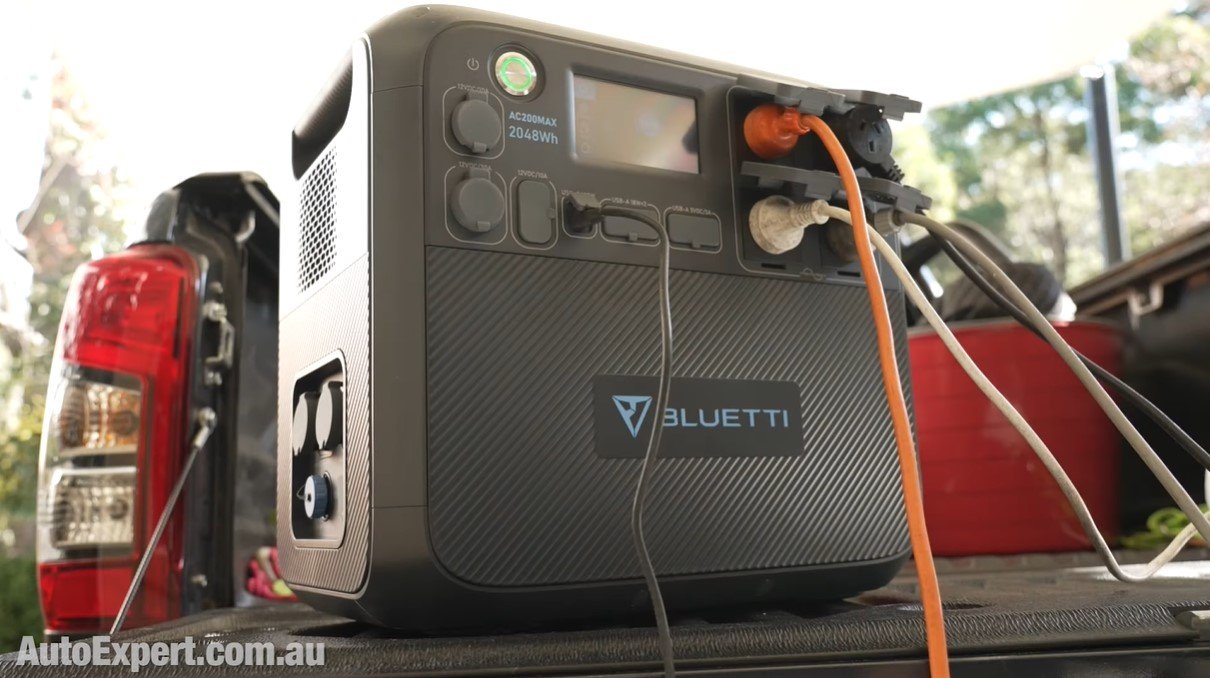









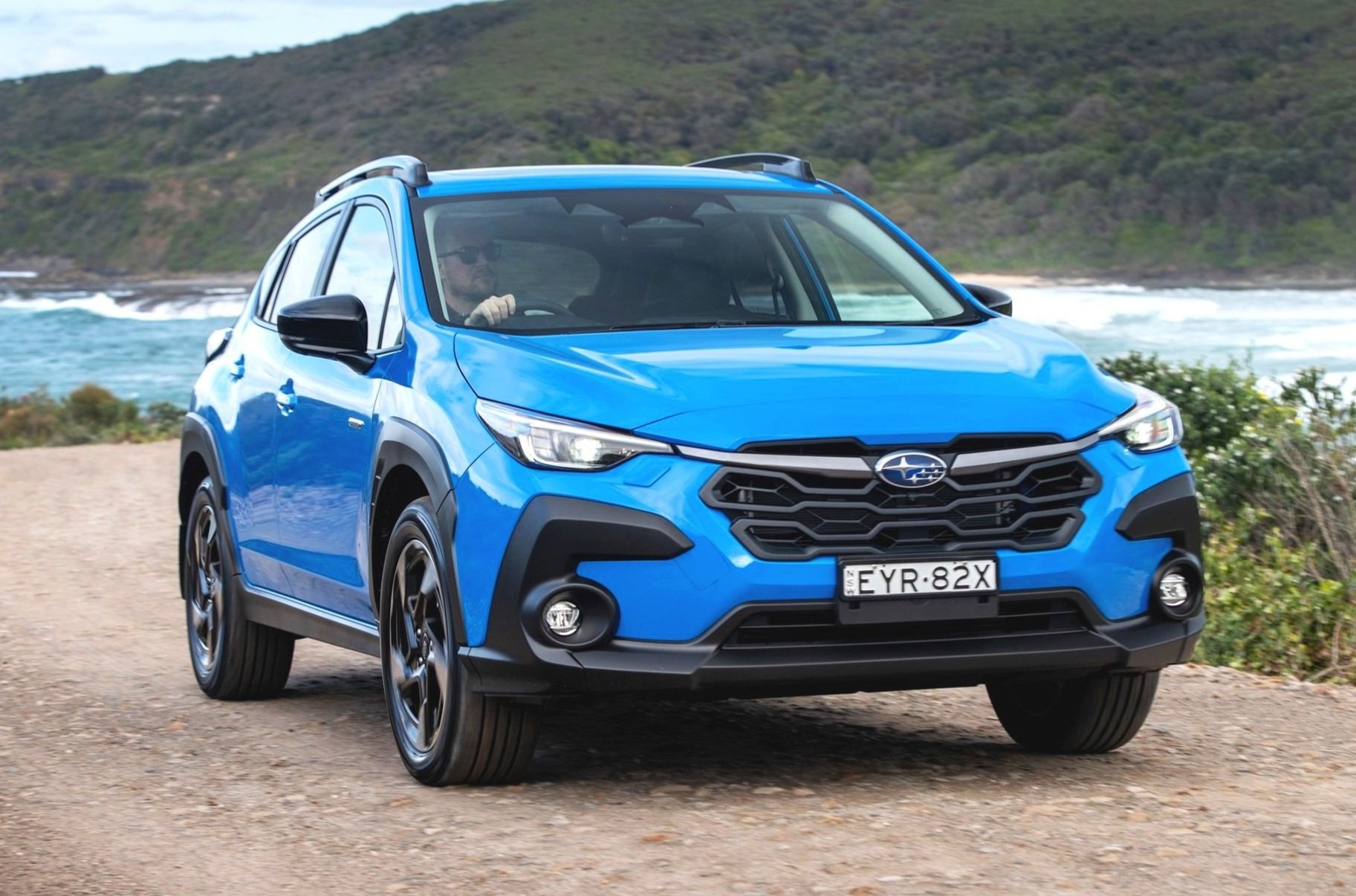
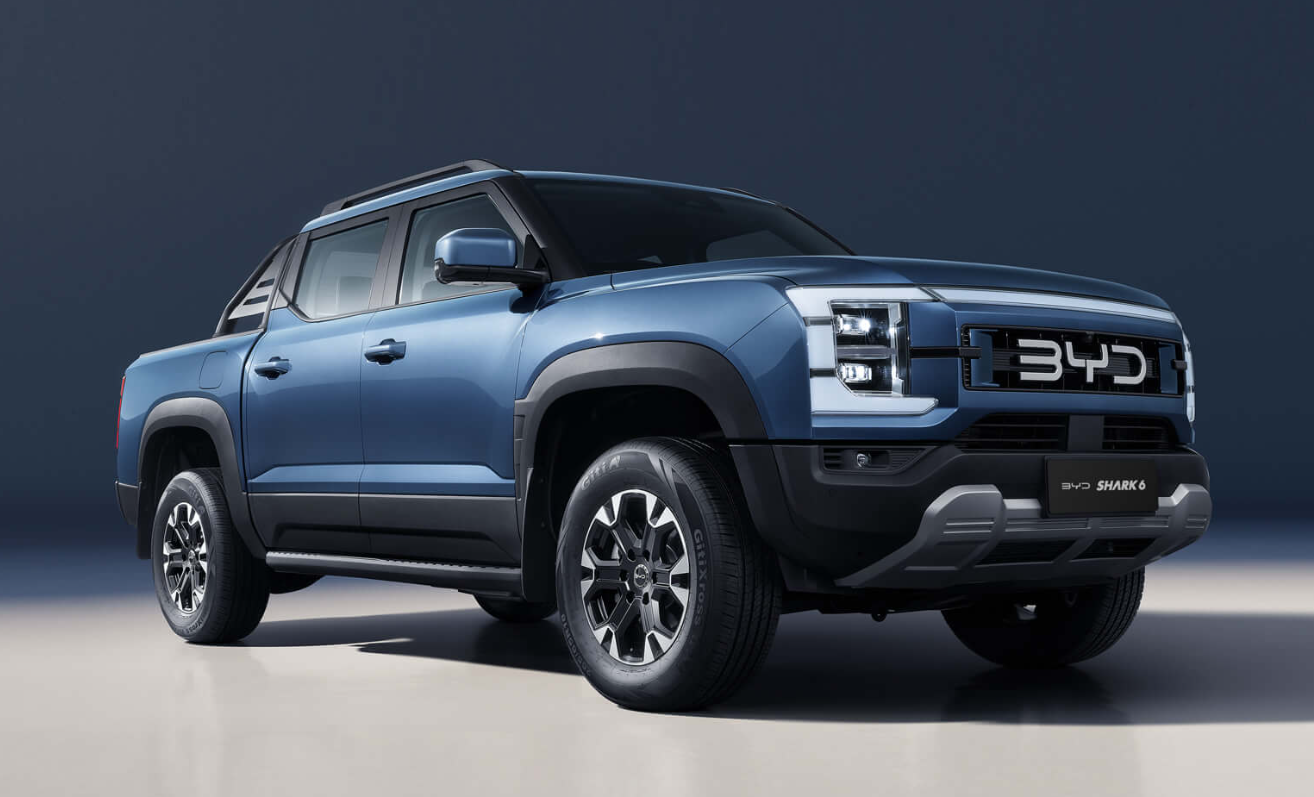



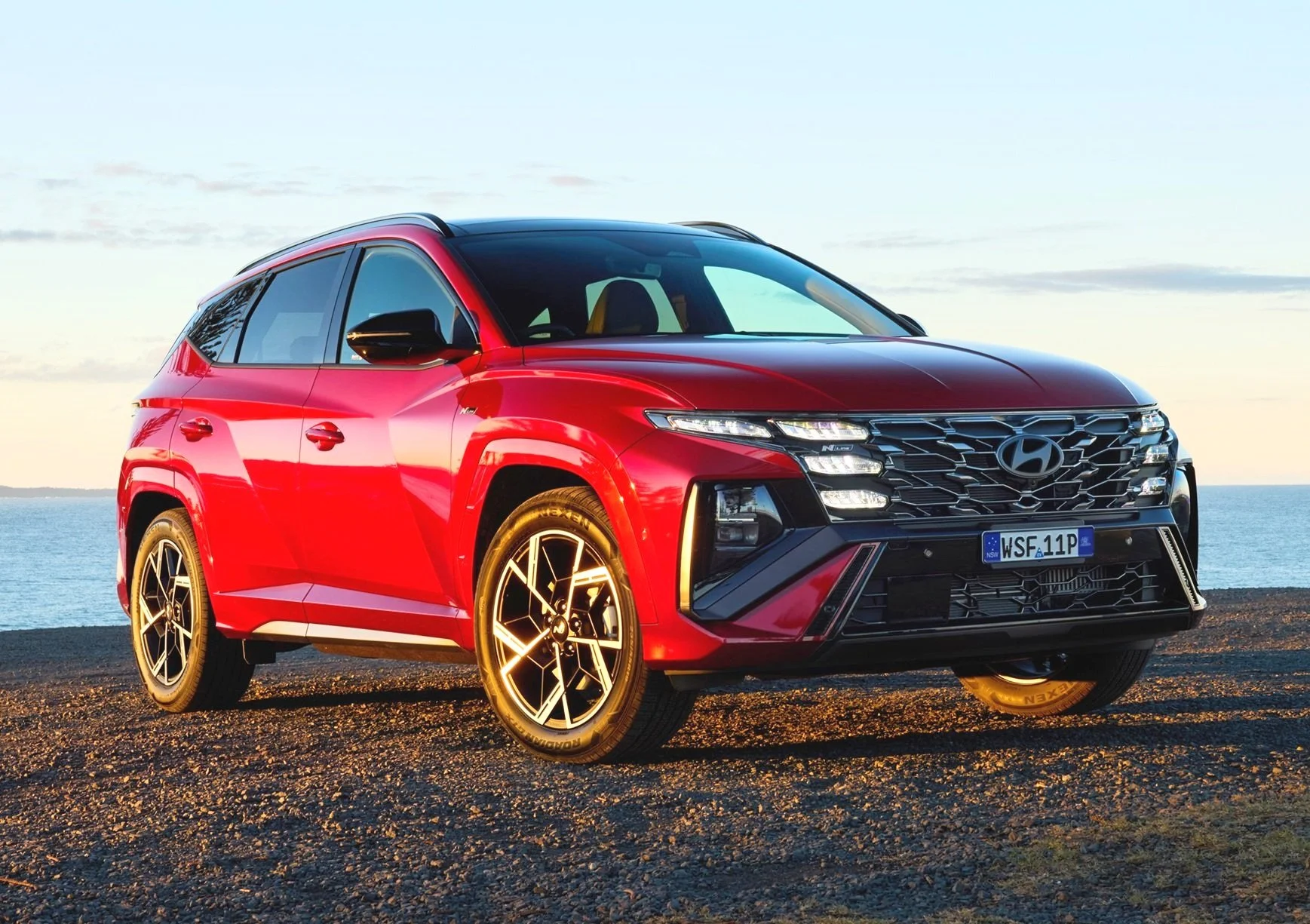


2025 is the year of new Chinese car brands arriving in Australia and the plug-in hybrid Jaecoo J7 is a promising medium SUV for families. Here’s what you need to know about these upstart carmakers and why it matters…